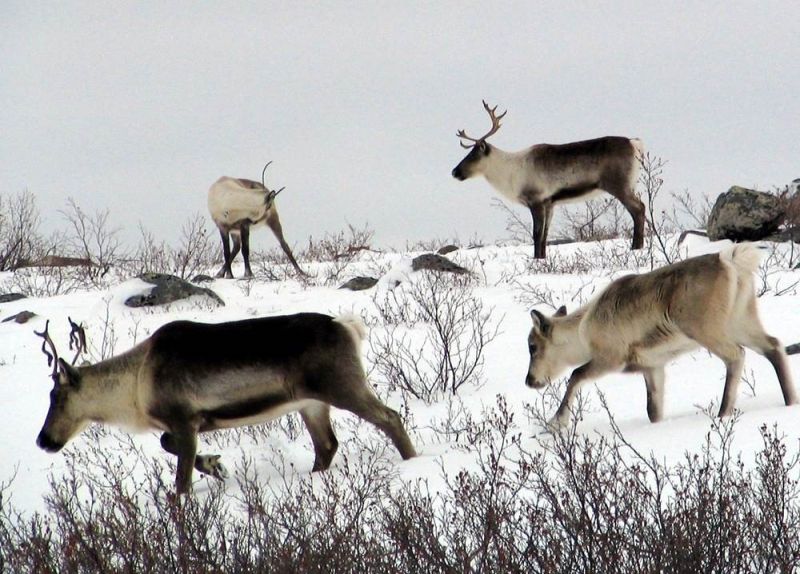Link to the full source article
RSS feed source: National Science Foundation
U.S. National Science Foundation-supported research shows that caribou will optimize their migration path based on their collective memories.
Caribou are the most abundant large mammal species on land in the Arctic. They are not only an important part of the ecology but are also a primary source of food for hundreds of communities.
The antlered deer migrate more miles than any other land-based animal but don’t always take the same path each year. To figure out how and why caribou migrate during the winter, Eliezer Gurarie, a professor at the State University of New York, and fellow researchers teamed up with the National Park Service, which had put trackable collars on over 300 female caribou in the Western Arctic Caribou Herd. The team tracked the herd’s movements and deaths as it traveled across a region spanning over 360,000 square kilometers in northwest Alaska for 11 years, from 2009 to 2020.
The researchers discovered that when the animals wintered south of the Kobuk River, they were more likely to survive a warm, windier winter. When they wintered north of the same river, they were more likely to survive when there was more snow and less wind. The caribou decided whether to cross the river each year as an adaptive measure to maximize their chances of survival.
“A dead animal doesn’t remember anything (or move again) by definition,”
Click this link to continue reading the article on the source website.
